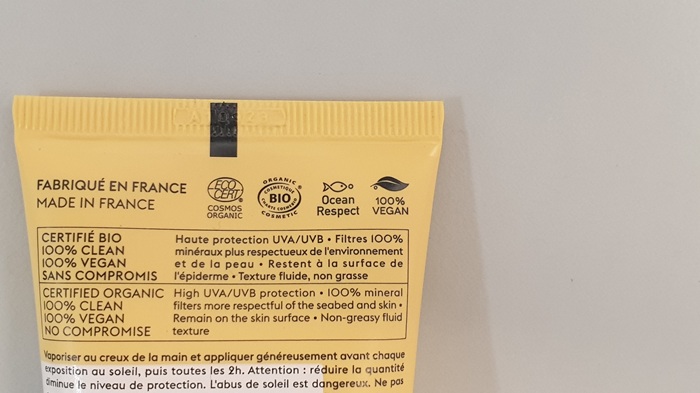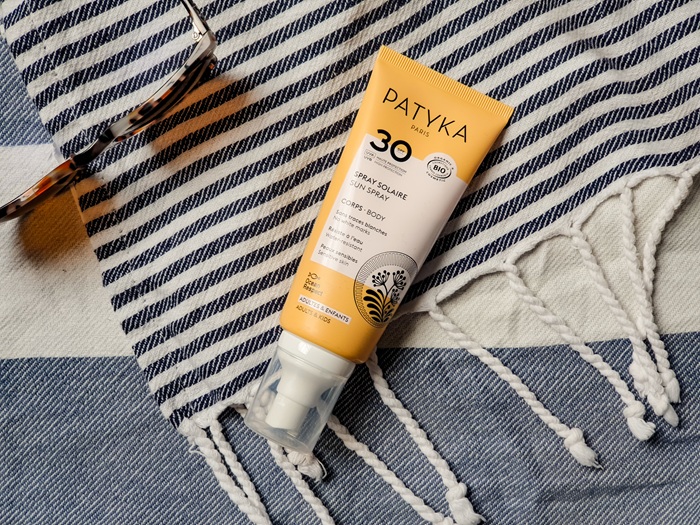Every year, I tell myself I’m going to write about reef-safe and vegan sunscreen when summer arrives. And every year, I’m late to the party. This time, I’m determined to break that cycle because choosing to protect your skin doesn’t mean you need to compromise on protecting our precious marine ecosystems.
My Professional Perspective on Sunscreen
As a pharmacist, I’m trained to understand the science behind sunscreen. I can tell you how UV filters work and the difference between chemical and physical blockers as well as and the importance of broad-spectrum protection. I know why SPF 30 is the sweet spot for most people. I can guide you toward the formulations that won’t clog your pores. I mean, I even know how to make the stuff. But despite all this, there’s one crucial aspect that was never covered in pharmacy school: the environmental impact of the products we recommended every day. But first let’s compare chemical and mineral sunscreens:
| Chemical sunscreen | Mineral sunscreen | |
| Active ingredients | Avobenzone Octinoxate Oxybenzone Homosalate Mexoryl Octisalate Octocrylene Tinosorb S and M | Zinc oxide or non-nano Titanium Dioxide |
| Mechanism of action | chemical reaction produced when UV rays interact with the active ingredient | physically block UV rays by sitting on top of the skin |
| Texture and appearance | Generally lighter and more easily absorbed into the skin | Many have a thicker texture that may leave a white cast on the skin |
| Protection | Must be reapplied often | Tends to last longer |
| Water resistance | Often formulated to be more water-resistant | Can be water-resistant |
| Skin sensitivity | Can cause irritation | Gentler for sensitive/reactive skin |
The Hidden Environmental Cost of Traditional Sunscreens
While we’ve been focused on protecting human skin, many conventional sunscreens contain ingredients that wreak havoc on marine life. Oxybenzone, avobenzone and octinoxate (which are also suspected to be endocrine disruptors by the way) are the most problematic chemical filters. Corals absorb them and they turn into toxins. This leads to coral bleaching, which disrupts the entire ecosytem. Those chemicals can also can interfere with the reproductive systems of fish and other sea creatures. Another common sunscreen ingredient, octocrylene. breaks down into benzophenone over time, which is toxic to coral reefs. Even seemingly harmless ingredients such as nanoparticles of titanium dioxide can accumulate in marine organisms. Basically, when we swim, shower, or even sweat, these chemicals wash off our bodies and eventually make their way into waterways, where they can persist for years and cause ongoing damage to aquatic life.

European Reef-Safe and Vegan Options
To find reef safe sunscreen, you have to turn to mineral options. And since you and I both care about animals, I will only talk about vegan, cruelty-free reef safe sunscreens. One of the biggest complaints people have about mineral sunscreens is that the texture is thick and leaves a white cast. That can be true. I’ve experienced it with a zero-waste stick sunscreen that I ordered online. It had good reviews yet my experience was that it was hard to smear and impossible to wash off in the shower. So my best advice will be , just go try a few different brands in organic or zero waste stores. They have testers! If you don’t have one of those nearby, you might also find reef-safe vegan sunscreen in regular stores. Other than the list of ingredients, your biggest hint will be the ecocert/cosmos organic certification combined with the vegan logo. Note that if the bottle only says that it’s organic, chances are the sunscreen contains beeswax.

Here are some examples of reef-safe and vegan sunscreens I was able to find from Europeans brands:
Laboratoires de Biarritz (except stick formulas)
Suntribe (except sticks and sport formulas)

Beyond Sunscreen: A Smarter Approach to Sun Protection
While sunscreen is important, it shouldn’t be your only line of defense against UV damage. The most effective sun protection strategy combines multiple approaches. Avoid direct sunlight during peak hours (typically between 10 AM and 4 PM) when UV rays are strongest. When you do venture out during these times, seek shade whenever possible and cover up with tightly woven clothing, wide-brimmed hats, and UV-blocking sunglasses. Remember that UV rays can reflect off water, sand, and snow, increasing your exposure even when you think you’re protected.


Leave a Reply